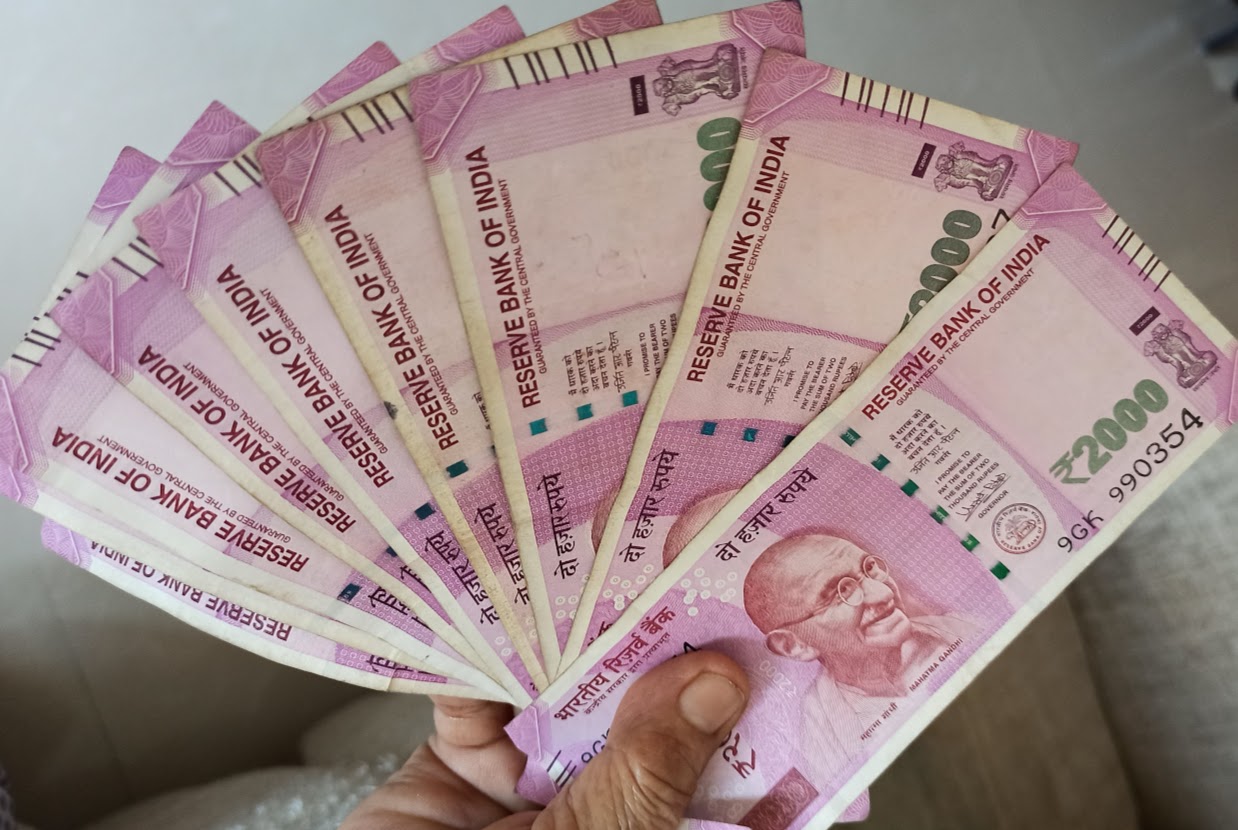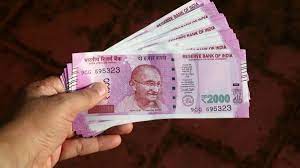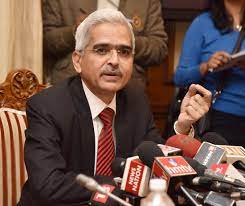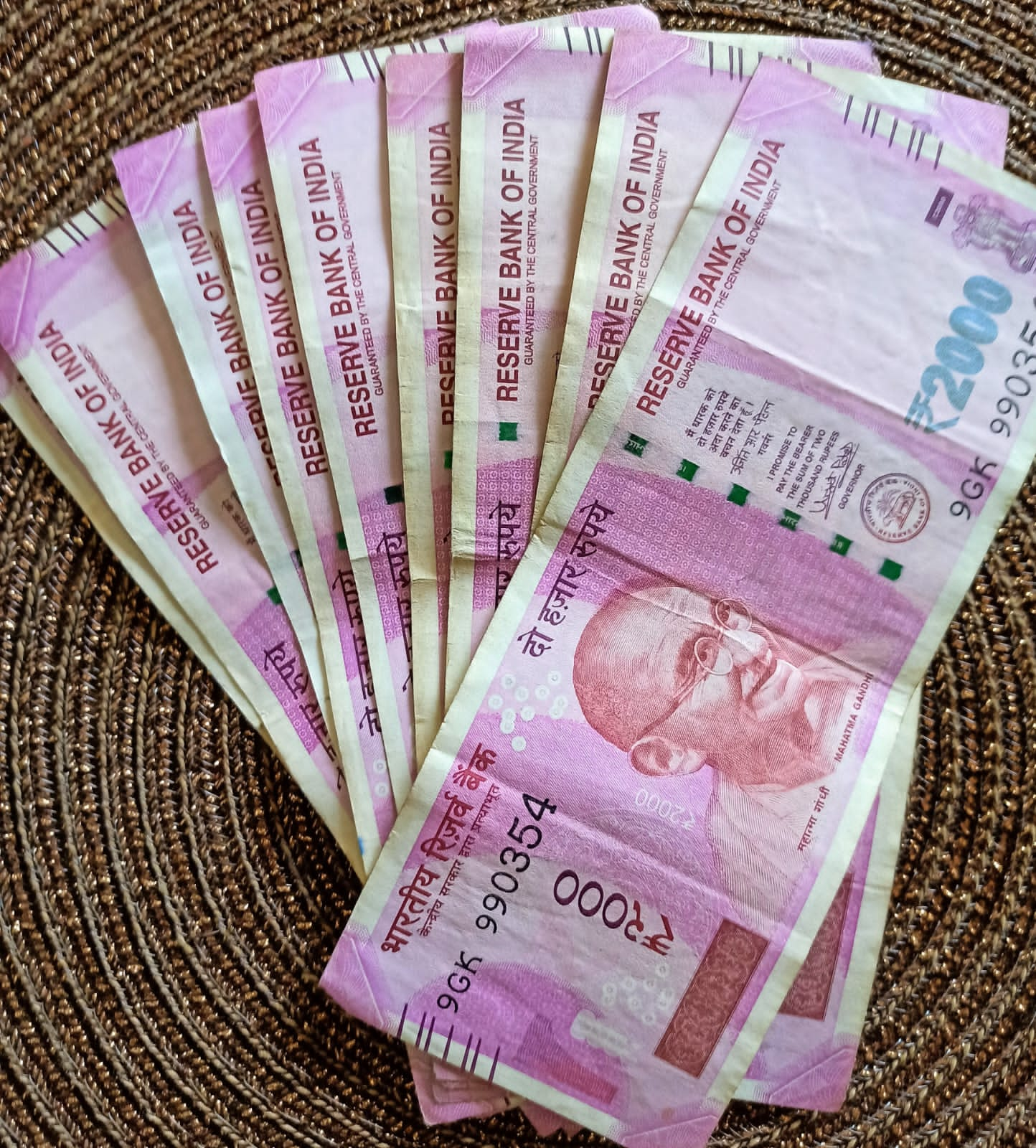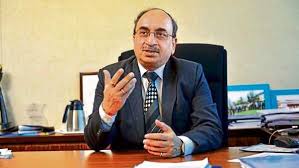The Rs 500 note as the highest denomination currency is more than enough for India, IDFC First Bank managing director and CEO V Vaidyanathan has said while welcoming the Reserve Bank of India’s (RBI) decision to withdraw the Rs 2,000 banknotes.
Vaidyanathan has made a comparison of the highest denomination currency notes as a percent of per capita GDP in several countries to conclude that the Rs 500 note can safely occupy the chair of the Rs 2,000 note.
The per capita GDP of the United States, for instance, is $68,000 and its highest currency is $100, which is 0.15% of the per capita income. Going by this benchmark, the Rs 500 note can play the role of being the highest-value currency note in India.
The expansion of digital payments also makes it possible for India to have its highest value denomination currency even lower than international benchmarks, Vaidyanathan says.
The withdrawal of the high-value denomination of Rs 2,000 will help in reducing the parallel economy and counterfeiting activity, he argues.
Vaidyanathan also rules out the inconvenience factor in swapping the Rs 2,000 notes as the lower denomination currency notes are available in abundance.
The RBI has said that the Rs 2,000 notes account for just 10.8% (Rs 3.6 lakh crore) of total currency in circulation.
Here is Vaidyanathan’s detailed writeup in LinkedIn.
Rs 500 as the highest denomination is more than enough for India. Sharing some pointers:
1. If you go by international benchmarks, the highest denomination as a % of per capita GDP is about 0.1% to 0.2% of per capita GDP in developed countries. For instance, the per capita GDP of the United States is $68,000 and its highest currency is $100, which is 0.15% of the per capita income.In the UK, the highest denomination is £50 for a per capita income of £46000, or 0.11% of per capita GDP. Japan’s per capita income is $34000 and its highest denomination is ¥ 10,000 which is about $72, about 0.22%. By this benchmark, Rs. 500 as the highest denomination is 0.25% of India’s per capita GDP is more than adequate.
2. More particularly, India is the leader in digital payments as all of us know. India is processing $1 trillion in UPI transactions alone yearly, a third of our GDP. Every common person and the roadside vendor is using it. Apart from UPI, easy options are available in the form of RTGS, IMPS, NACH, AePS, NETC, debit cards, credit cards, NEFT, PPI, BBPS, etc. With advanced digitization such as this, we could have our highest value denomination even lower than international benchmarks.
3. Withdrawing high-value denomination of Rs. 2000 will further help reduce the parallel economy in our country, as more people will be forced to operate through formal channels for property, gold, etc.
4. This will further reduce counterfeiting risks, as counterfeiting is usually done for high-value denominations as the payback is disproportionately high for counterfeiters.
5. Rs. 2000 was introduced as a temporary measure to ease liquidity in the system when Rs. 500 and Rs. 1000 were withdrawn. That moment has passed. Finally, there won’t be any inconvenience in swapping them, as Rs. 500 notes are available in abundance. People can easily swap it.
Overall, wholeheartedly support this.





